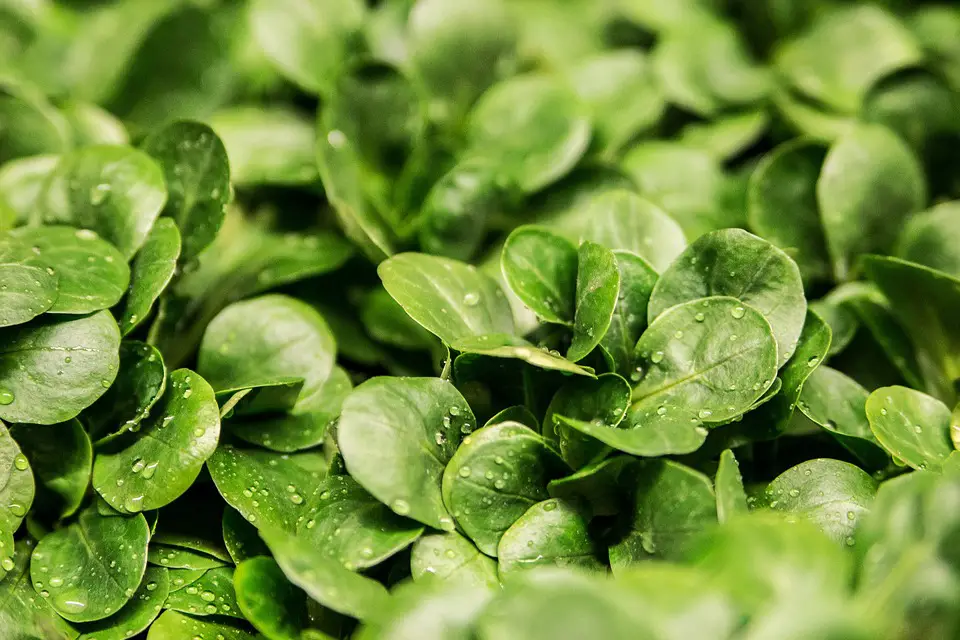Are you looking to take your vegetable garden to the next level? Have you ever heard of companion planting? Companion planting is a gardening technique that involves planting different types of plants together to benefit each other in various ways. By unlocking nature’s power through companion planting, you can create a thriving vegetable patch that is not only beautiful but also productive.
Companion planting is based on the idea that certain plants can complement each other when grown in close proximity. Some plants have natural pest-repellent properties, while others attract beneficial insects. By strategically planting these companion plants together, you can create a natural ecosystem that helps your vegetables thrive.
Understanding the Basics of Companion Planting
Companion planting is an age-old technique that has been used for centuries by gardeners around the world. The concept is based on the idea that certain plants can benefit each other when grown together. There are three main ways in which companion planting can be beneficial:
1. Pest Control
Some plants have natural pest-repellent properties that can help protect your vegetables from harmful insects. For example, planting marigolds alongside your tomatoes can help repel nematodes and other pests.
2. Attracting Beneficial Insects
Certain plants can attract beneficial insects such as ladybugs, lacewings, and bees, which can help pollinate your vegetables and keep pests in check. For example, planting dill or fennel near your cucumbers can attract beneficial insects that will help protect your crop.
3. Nutrient Sharing
Some plants have deep root systems that can help break up compacted soil and bring nutrients to the surface. By planting deep-rooted plants like daikon radishes alongside shallow-rooted plants like lettuce, you can improve soil structure and nutrient uptake.
Companion Planting Chart
| Companion Plant | Benefit |
|---|---|
| Marigolds | Pest repellent |
| Dill | Attracts beneficial insects |
| Daikon Radishes | Improves soil structure |
Frequently Asked Questions
1. What is companion planting?
Companion planting is a gardening technique that involves planting different types of plants together to benefit each other in various ways.
2. What are some benefits of companion planting?
Companion planting can help with pest control, attract beneficial insects, and improve soil structure and nutrient uptake.
3. How do I start companion planting in my vegetable garden?
Begin by researching which plants work well together and create a planting plan based on your findings.
4. Can companion planting help reduce the need for pesticides?
Yes, companion planting can help reduce the need for chemical pesticides by creating a natural ecosystem that controls pests.
5. Are there any plants that should not be planted together?
Some plants may inhibit the growth of others when planted together, so it’s important to research companion planting combinations before planting.
6. How can companion planting enhance the overall health of my vegetable garden?
Companion planting can improve soil fertility, reduce pest problems, and increase biodiversity in your garden.
7. Can companion planting help with crop rotation?
Yes, companion planting can help with crop rotation by naturally controlling pests and replenishing soil nutrients.
8. Are there any resources available to learn more about companion planting?
There are numerous books, online resources, and gardening forums dedicated to companion planting that can help you learn more about this technique.
9. Can companion planting work in small spaces or containers?
Yes, companion planting can be adapted to work in small spaces or containers, allowing you to maximize the efficiency of your garden regardless of size.
10. What are some common mistakes to avoid when practicing companion planting?
Some common mistakes include overcrowding plants, not understanding plant compatibility, and neglecting proper spacing and watering requirements.
Conclusion
Companion planting is a powerful tool that can help you create a thriving vegetable patch that is both beautiful and productive. By understanding the basics of companion planting and leveraging nature’s power, you can enhance the health and productivity of your garden. Remember to research which plants work well together, create a planting plan, and follow best practices to ensure success. With companion planting, you can unlock the secrets of nature and take your vegetable garden to new heights.
